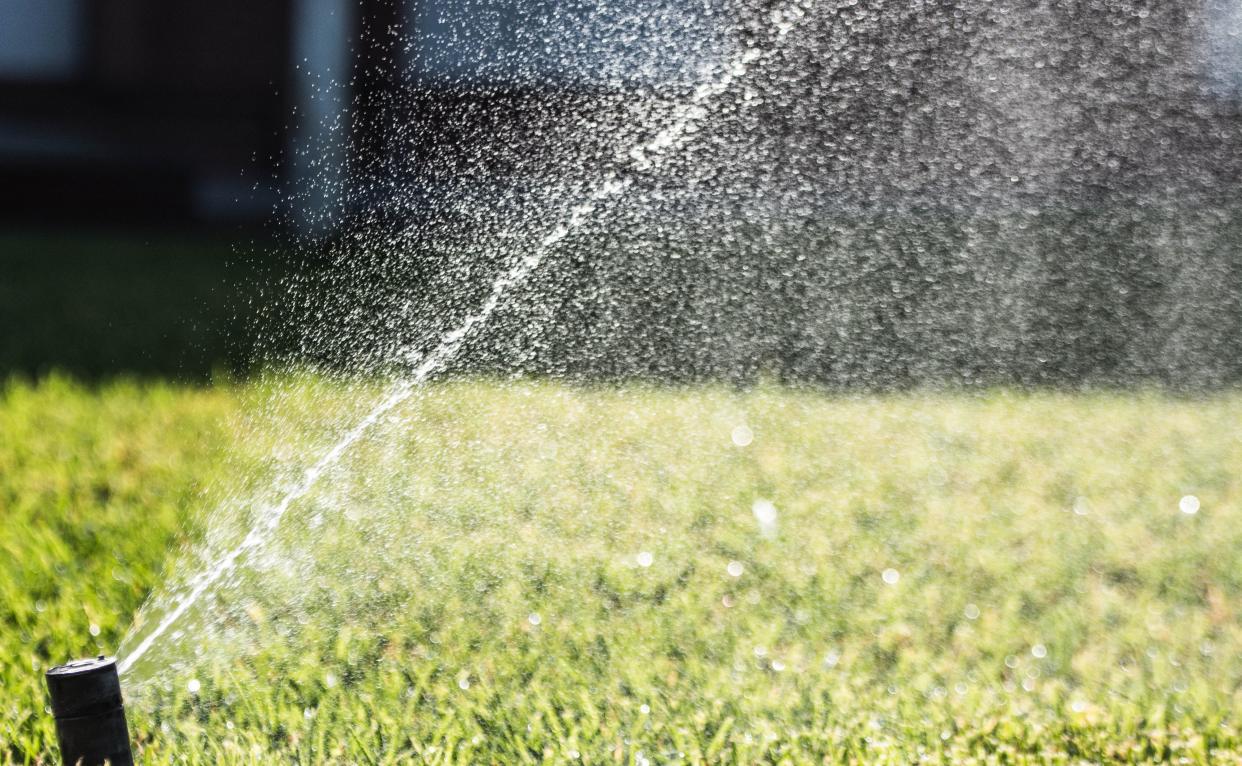A proposed Arizona Water Authority is not enough to save us

Will Gov. Doug Ducey’s proposed Arizona Water Authority (AWA) save our water future? Can it compensate for the past lack of leadership?
No and no.
The AWA alone can’t face up to our drier future, can’t protect our groundwater, can’t do enough to promote agricultural and urban efficiency, and relies too much on the dream of augmentation.
We need both short-term and long-term solutions for Arizona’s people, farms and nature.
We can't rely on the Colorado or groundwater
We have already seen a significant and unprecedented drop in the Colorado River’s flow in the last 20 years. The Drought Contingency Plan and the 500-plus Plan are short-term fixes. The river’s agreed-upon allocations to the seven Basin states and Mexico may drop by one-third.
What does that mean for Arizona? Trouble.
Our other surface waters cannot make up the difference. Many of Arizona’s rivers and stream have already suffered from overuse and climate change.
Groundwater can’t rescue us: Our current use in not sustainable. We must enforce regulations in our existing Active Management Areas (AMAs) and establish even more. Outside AMAs, groundwater use is poorly monitored and largely unregulated.
Excess groundwater pumping harms streams and springs and causes subsidence cracks. Many rural residents, towns, small ranches and farms can’t afford the expense of ever-deeper wells.
Farms, cities can find innovative ways to save water
Because farms still use about 74% of Arizona’s water, reducing agricultural demand will have the greatest benefit.
Farms and cities can support each other. Ag-urban partnerships can fund innovations to improve agricultural efficiency while transferring some of the water-saving back to the cities. Let’s think beyond the “buy and dry” that happens in other states. Prohibiting water transfers from farms adjacent to the Colorado River will stifle the innovation we need.
Cities and suburbs can save water, too. Up to 70% of Arizona’s residential use happens outdoors for landscaping, parks and pools. We need more incentives for xeriscaping, removing turf grass and for rainwater and stormwater harvesting. Limits on outdoor watering and pool size will save water without harming our quality of life.
Reuse, augmentation aren't silver bullets
Efficiency, reuse and augmentation are all part of how the governor’s proposed Arizona Water Authority would boost the amount of available water.
Innovation for efficiency and reuse costs money. Growth brings new money. To support research and implementation of water-savings practices in both cities and farms, we need an impact fee for new water users.
Increases in efficiency and reuse create a paradox for environmental protection.
For example, current efforts at restoring the Santa Cruz and Salt rivers depend on the release of treated effluent. Yet increased efficiency and reuse could decrease such deliveries.
Nature delivers significant value to Arizona’s residents, visitors and businesses. Therefore, we should set aside a fair share of water to protect our streams and maintain Arizona’s amazing natural environment.
Augmenting our supply with desalinated water from Mexico’s Sea of Cortez is worth a look. However, projected construction costs are too low, costs of future electric power are unknown, Mexico has not agreed to the project, sharing costs with U.S. and Mexican partners means sharing the water, and the projected amounts of water for Arizona are small.
That very first drop of desal water is 10 years – or more – away. And importing water from another basin in the U.S. faces even more difficulties.
Arizona must do more to counter a dry future
Although there may be a few wet years ahead, Arizona’s long-term future is dry. The warming climate is decreasing supply. Scientists have estimated that about 20% of the recent decrease in Colorado River flow is the result of human-caused climate change.
The current megadrought is just the first phase of aridification – the long-term shift to more arid conditions. Only a decrease in greenhouse gas emissions can slow or stop this trend.
No, Arizona can’t solve this problem by itself. But we can do a better job at getting to the solution. The Arizona Corporation Commission should revisit its vote against 100% carbon-free energy by 2050.
Climate change is water change. That’s just one reason why Arizona voters are extremely concerned about climate change.
The governor’s proposed Arizona Water Authority does not do enough to secure our water future.
Karl Flessa, an Arizona resident since 1977, is emeritus professor of geosciences at the University of Arizona. He has been studying the Colorado River since 1992. Reach him at karlflessa@gmail.com.
This article originally appeared on Arizona Republic: Arizona Water Authority alone cannot save us from shortage

